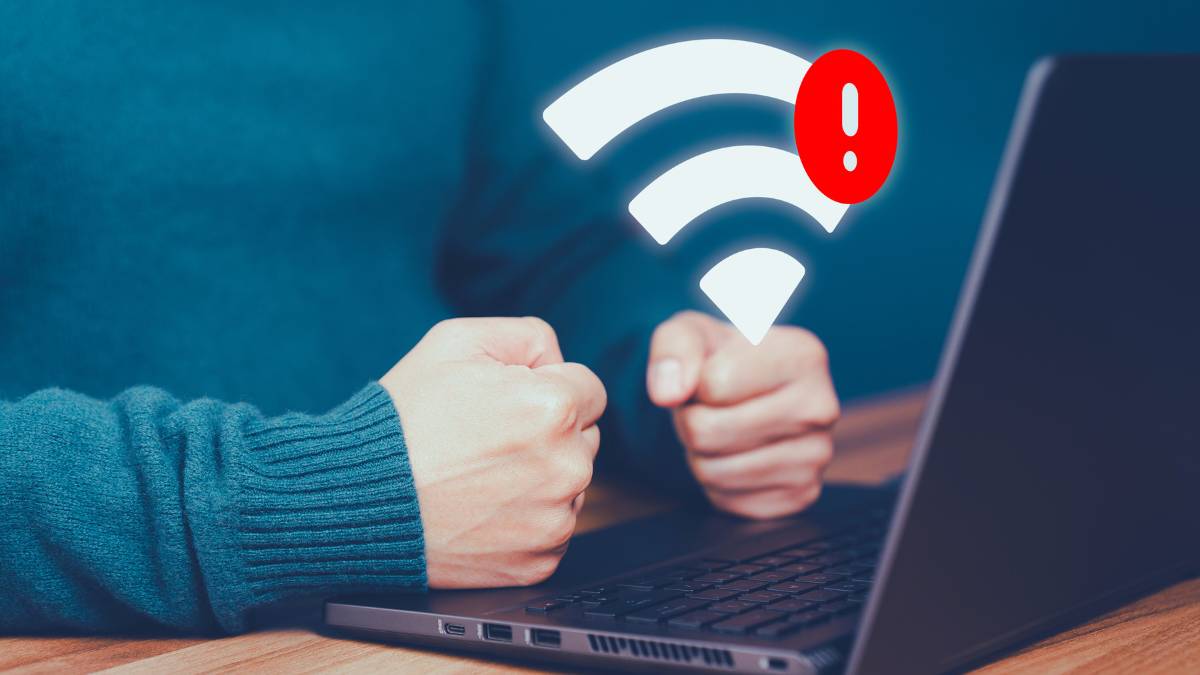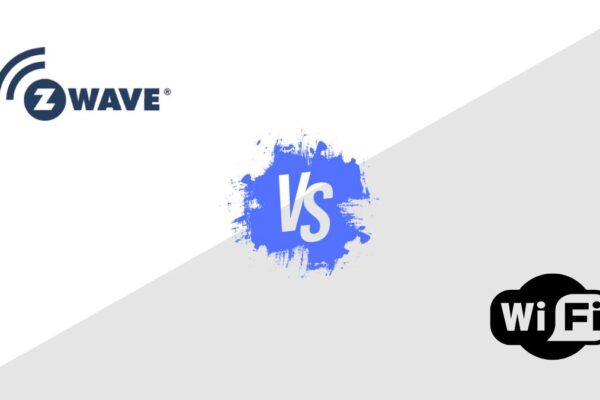Blocking a Wi-Fi signal can be necessary for various reasons, ranging from security measures to preventing unauthorized access. This guide covers the technical aspects of how to block a Wi-Fi signal, along with legal and ethical considerations.
Key Takeaways:
- Understanding Wi-Fi signals and their frequency bands is crucial for effective signal blocking.
- Legal and ethical considerations must be addressed to avoid penalties and unintended impacts.
- Methods to block Wi-Fi signals include using physical barriers, RF shielding, software solutions, and signal jammers.
- Blocking Wi-Fi signals can enhance security by preventing unauthorized access and protecting sensitive information.
Understanding Wi-Fi Signals
Basics of Wi-Fi Technology
Wi-Fi (Wireless Fidelity) is a technology that allows devices to connect to the internet wirelessly using radio waves. Wi-Fi networks are based on IEEE 802.11 standards, which define the protocols for wireless communication.
Frequency Bands and Channels
Wi-Fi operates primarily in two frequency bands:
- 2.4 GHz Band: Offers 11 to 14 channels (depending on the country), with non-overlapping channels being 1, 6, and 11.
- 5 GHz Band: Offers a larger number of channels, with more non-overlapping channels, reducing interference.
Related Article: 5 GHz vs 2.4 GHz
Reasons for Blocking a WiFi Signal
- Prevent Unauthorized Access: Keeping your network secure from intruders.
- Minimize Interference: Reducing signal interference in a crowded area.
- Enhance Focus: Eliminating distractions from the internet.
- Control Access: Managing children’s or employees’ internet usage.
Legal and Ethical Considerations
Before attempting to block or interfere with Wi-Fi signals, it’s crucial to understand the legal and ethical implications. In many countries, unauthorized interference with wireless communications is illegal and can result in severe penalties. Ensure compliance with local regulations and consider the potential impact on others who might rely on the Wi-Fi signal for legitimate purposes.
Methods to Block Wi-Fi Signals
1. Physical Barriers
Physical obstructions can weaken or block Wi-Fi signals. This method involves strategic placement of materials that interfere with radio waves.
Mapping the Area: Use a Wi-Fi signal analyzer to map the current signal strength in different areas.
Identifying Key Locations: Determine the locations where signal blocking is necessary, such as sensitive areas or places requiring limited access.
Placing Barriers: Position metal objects, furniture, and other barriers in the line of sight between the Wi-Fi source and the areas to be blocked. Consider the height and orientation of these objects for optimal blocking.
Testing and Adjusting: After placing the barriers, use a Wi-Fi analyzer to test the signal strength in the target areas. Adjust the placement of barriers as needed to achieve the desired signal attenuation.
2. RF Shielding
RF (Radio Frequency) shielding involves creating an environment that blocks radio waves using specific materials.
- Faraday Cage: A Faraday cage is an enclosure made of conductive materials that block electromagnetic fields. Creating a Faraday cage around a room or a device can effectively block Wi-Fi signals.
- RF Shielding Paint: Special paints containing metallic particles can be applied to walls to reduce signal penetration.
3. Software Solutions
Software solutions can be used to configure the Wi-Fi network in a way that restricts access or limits signal strength.
- Access Point Configuration: Reducing the transmit power of a Wi-Fi access point can decrease its coverage area.
- SSID Hiding: While not blocking the signal, hiding the SSID (Service Set Identifier) makes the network less visible.
- MAC Filtering: Restricting access to specific MAC addresses can prevent unauthorized devices from connecting.
Software to Block Wi-Fi Signals
- NetCut: NetCut allows users to control network access by detecting all devices on the network and enabling or disabling their connectivity.
- JamWiFi (macOS): JamWiFi lets users deauthenticate devices from a Wi-Fi network, effectively blocking their access by sending deauth packets.
- WiFiKill (Android): WiFiKill is an Android app that can block devices from accessing the internet over Wi-Fi by disrupting their connection.
- NetSpot: NetSpot is a Wi-Fi analysis tool that helps manage Wi-Fi networks by identifying signal strengths and weaknesses, which can help in optimizing or reducing Wi-Fi coverage.
- Wireshark: Wireshark is a network protocol analyzer that can be used to monitor network traffic and identify opportunities to disrupt or block Wi-Fi signals.
- Acrylic Wi-Fi Professional: Acrylic Wi-Fi Professional is a network analysis tool that helps in monitoring and managing Wi-Fi networks, offering features to diagnose and limit Wi-Fi signal spread.
4. Signal Jamming
Signal jamming involves using devices to interfere with Wi-Fi signals actively. This method is highly regulated and often illegal.
Wi-Fi Jammers: These devices emit signals on the same frequency as Wi-Fi networks, causing interference and preventing devices from connecting.
Step-by-Step Guide
Implementing Physical Barriers
- Identify Wi-Fi Source: Locate the Wi-Fi access point whose signal you want to block.
- Strategic Placement: Position large metal objects, such as filing cabinets or refrigerators, between the access point and the area to be blocked.
- Reinforce Walls: If possible, reinforce walls with metal sheets or use thicker materials.
Setting Up RF Shielding
- Choose Shielding Material: Select suitable RF shielding materials like metal mesh or special paint.
- Apply Shielding:
- For a Faraday cage, line the room with metal mesh, ensuring all gaps are covered.
- For RF shielding paint, apply multiple coats to the walls and ceilings.
- Test for Effectiveness: Use a Wi-Fi analyzer tool to measure signal strength before and after applying the shielding.
Configuring Software Solutions
- Access Router Settings: Log in to the Wi-Fi router’s admin panel.
- Adjust Transmit Power: Locate the setting for transmit power and reduce it to limit the signal range.
- Hide SSID: Enable the option to hide the network SSID.
- MAC Filtering: Add allowed devices to the MAC filter list to prevent unauthorized access.
Deploying Signal Jammers
Note: Ensure legal compliance before proceeding.
- Acquire a Jammer: Purchase a Wi-Fi jammer from a legal and reputable source.
- Configure Jammer: Set the jammer to operate on the same frequency as the Wi-Fi network.
- Activate Jammer: Turn on the jammer and monitor its effectiveness using a Wi-Fi analyzer.
Security Implications
Blocking Wi-Fi signals can be part of a broader security strategy to prevent unauthorized access and protect sensitive information. However, consider the potential disruptions and ensure that legitimate users are not adversely affected.
Preventing Unauthorized Access
- Network Segmentation: Use VLANs to separate sensitive devices from less secure ones.
- Strong Encryption: Ensure Wi-Fi networks use robust encryption standards like WPA3.
Protecting Sensitive Information
- Regular Audits: Conduct regular security audits to identify and mitigate vulnerabilities.
- Monitoring Tools: Use network monitoring tools to detect and respond to unauthorized access attempts.
Frequently Asked Questions
Can blocking Wi-Fi signals interfere with other electronic devices?
Yes, blocking Wi-Fi signals can potentially interfere with other electronic devices that rely on wireless communication. This includes devices like wireless cameras, smart home devices, Bluetooth gadgets, and even cellular phones if they use Wi-Fi for internet access. It’s crucial to ensure that blocking measures are targeted and localized to avoid disrupting essential services and devices in unintended areas.
Is it legal to use a Wi-Fi jammer to block signals?
The use of Wi-Fi jammers is illegal in many countries, including the United States, because it interferes with lawful communications. Regulatory bodies like the Federal Communications Commission (FCC) in the U.S. prohibit the use, marketing, and sale of jamming devices. Violating these regulations can result in significant fines and legal penalties. Always check local laws and regulations before considering the use of any jamming device.
How can I ensure that only specific areas are blocked without affecting the entire Wi-Fi network?
To block Wi-Fi signals in specific areas without affecting the entire network, use a combination of physical barriers and strategic placement of objects. Metal objects, thick walls, and specialized RF shielding materials can be placed around the targeted area to create localized dead zones. Additionally, adjusting the transmit power and antenna orientation of your Wi-Fi router can help confine the signal to desired areas. Always conduct thorough testing using Wi-Fi analyzers to ensure that the blocking measures are effective and localized.
Final words
Blocking a Wi-Fi signal requires a combination of physical, technical, and sometimes legal considerations. Whether for security or control purposes, it’s crucial to approach this task with a clear understanding of the implications and regulations involved. By employing the methods outlined in this guide, you can effectively manage and block Wi-Fi signals while maintaining compliance with legal standards.




